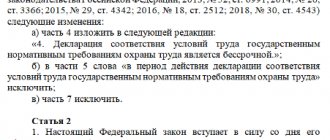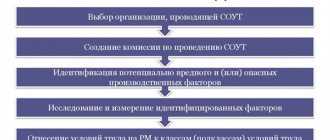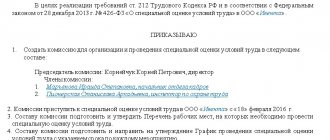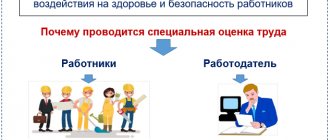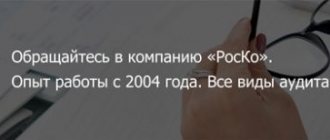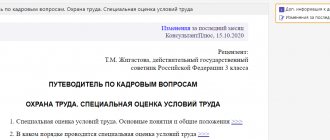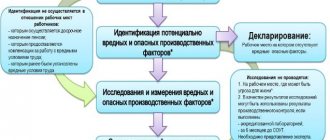Since 2014, all Russian enterprises have been required to carry out a special assessment of working conditions (SAW). SOUT is a selective certification of all workplaces to determine the degree of danger of work. Only accredited organizations together with a commission from among the employees of the company being inspected have the right to conduct this assessment. Based on the results of a special assessment, workplaces are assigned classes of working conditions, of which the most common is class 2. Let's consider what class 2 working conditions are, what it means, what employees are entitled to in such a workplace and how it is assigned.
Existing degrees
Today there are four classes of working conditions. This division began with the adoption of the new Labor Code of the Russian Federation, in which for the first time a gradation of professions and work appeared according to degrees of complexity, danger and harmfulness. All kinds of additional payments, benefits and additional preferences depend on this division.
Note! Before the general knowledge test, preliminary target classes are created in the organization.
All requirements and rules are presented in Federal Law No. 426-FZ. It says that all production factors begin to be divided into four classes:
- the first represents optimal working conditions;
- the second relates to permissible conditions;
- the third class indicates that the employee belongs to an area with hazardous conditions;
- the fourth is called hazardous working conditions.
Note! The last class may be characterized by the most harmful and complex aspects. For example, working in the chemical industry.
In general, this is called a special assessment of working conditions or SOUT. It should be performed once every five years or more often. All companies and organizations must comply with it, regardless of the number of employees. This does not apply only to individuals working remotely.
